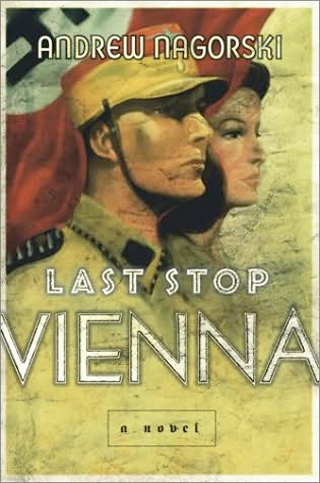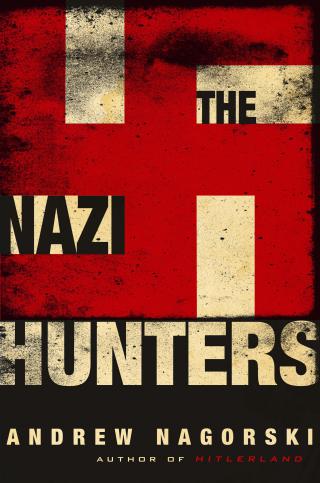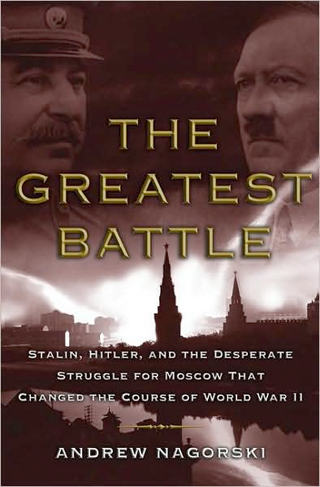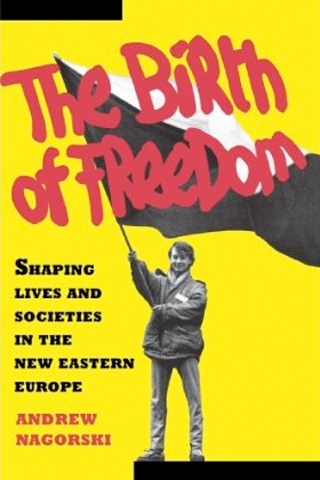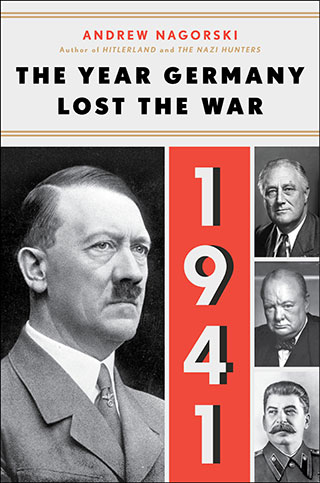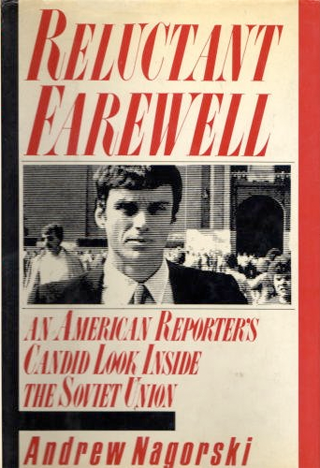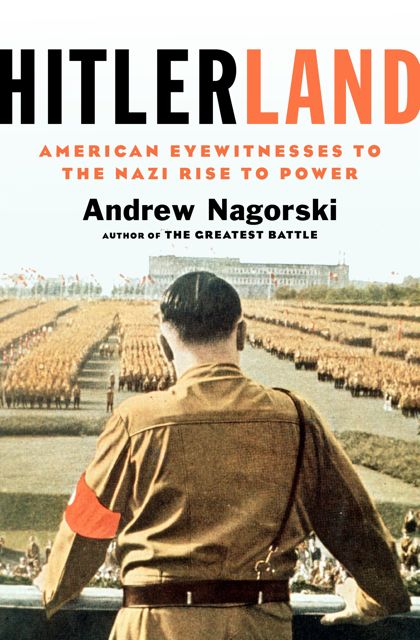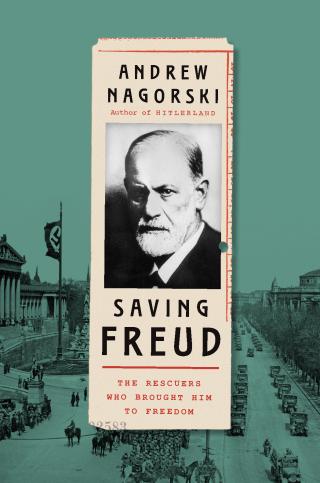
BY FREDERICK TAYLOR
Between 1618 and 1648, millions of civilians died from violence, famine and pestilence as armies ranged across Central Europe in a savage conflict about power and religion. When the treaty was signed that ended the Thirty Years’ War, one famous clause granted perpetua oblivio et amnestia (eternal forgetting and forgiving) to all the forces involved. It represented mutual recognition that each side had committed equally unspeakable acts.
Three hundred years later, an even crueler war ended with the defeat of Nazi Germany. The situation was not comparable, however. The Allies had done bad things in the war, but compared with what Hitler’s minions had inflicted on Europe, there was no realistic equivalence. Millions of Jews and other innocent civilians had been murdered in a systematic process involving countless servants of the German state. There could be no “forgetting and forgiving”: On that the civilized world agreed.
Andrew Nagorski is a former Newsweek bureau chief and the author of well-regarded books about Eastern Europe and the Nazi era. “The Nazi Hunters,” his vivid, reader-friendly account of how justice was done (and, as much to the point, not done) after World War II takes us up to the present day, tackling this long and sometimes tortuous story with a blessed avoidance of the lurid excess sometimes attached to “Nazi hunter” dramas.
Naturally, “The Nazi Hunters” does not spare us the horrors of Auschwitz, Dachau, Belsen and dozens of smaller but often equally barbaric camps that were revealed as the Allies swept into Germany in 1945. No one who witnessed these sights could ever forget them or fail to demand justice for these crimes. Mr. Nagorski recounts with brio and satisfaction how within a few months of the war’s end most of the Nazi leadership, as well as individual commandants of death and labor camps, were hunted down, rounded up and held to account.
The Dachau trials, conducted within the precincts of the former concentration camp in late 1945, were probably the most quickly and efficiently pursued of all the postwar prosecutions. The case against the Dachau guards was brought not on the basis of specific individual deeds but on the premise that the defendants shared a “common design” to operate a “machinery of extermination”—a principle resembling, though not identical to, conspiracy law. Thirty-six of the 40 accused were sentenced to death. Similar penalties were imposed after the trial (also at Dachau) of guards and officials from the equally hellish Mauthausen camp in Austria.
“Common design” was only applied early on, however. Once it was dispensed with (there were those in Washington who felt uncomfortable about it), a tangle of legal procedure, evidential overload, politics and sheer bureaucratic awkwardness started to slow down the system. It became obvious that the judicial process could not punish all the guilty. The best it could do was to establish the historical record and above all to exemplify justice—to scapegoat the few to stand in for the many, hoping thereby to educate the next generation.
In any case, the phase of righteous justice, where the victors put real passion into tracking down the guilty men (and women too), was relatively short. The overweening urge to punish soon began to fade. After all, 70 million Germans had to be fed and administered, put back to work, and led as rapidly as possible toward some kind of functioning political and economic order—for the sake not just of their own war-ravaged country but of Europe as a whole. They couldn’t all be investigated and purged. Meanwhile, a freeze had set in between the Western occupiers and their erstwhile Soviet allies. Divided Germany became a political—and potentially a military—battleground.
By 1948, the occupiers were no longer looking back but ahead. This even applied to the Soviets, who started recruiting ex-Nazis into the puppet communist state they were busy setting up in their zone. Malefactors fortunate enough to have their day in court delayed for a year or two got more acquittals, less time in jail and far fewer death sentences than their unlucky comrades who had been tried in the passionate aftermath of victory. In Cold War Washington, few wanted more talk of German crimes, of justice and revenge. As Mr. Nagorski remarks, the feeling among the elite was that the American public could only hate one enemy at a time, and that enemy now had to be Russia.
The Western zones of Germany were meanwhile coalescing into a state some 50 million strong. Its citizens showed little desire for dwelling on past misdeeds. There was an economy to be re-created, wrecked industries and bombed cities to be rebuilt. In short, forgetting and forgiving had crept back into the equation. This was unwelcome news to those still thirsting for justice.
During the early postwar era, German-speaking Jewish investigators such as Simon Wiesenthal, Tuviah Friedman and other survivors had worked with Allied arrest squads and prosecutors. Friedman bemoaned the fact that, as time went on, though his files were bulging with incriminating documents, no one was clamoring to use them: “The Germans did not want them; the Austrians did not want them; nor did the Western Allies, nor the Russians.”
Further prosecutions had to be initiated by conventional legal authorities, and remarkably few came to fruition. Only about 1,600 Nazi war criminals were ever convicted of homicide. Rudolf Höss,commandant of the Auschwitz extermination camp, was captured by the British and handed over to the Poles, who tried and executed him in April 1947. Years later, Fritz Bauer, state attorney for the West German province of Hesse, waged a lonely but determined battle for the prosecutions that finally put a group of Höss’s murderous underlings on trial in Frankfurt in the mid-1960s. The sometimes controversial Paris-based husband and wife team Serge and Beate Klarsfeld also fought to keep the quest alive.
Mr. Nagorski carefully nuances the reputation of Simon Wiesenthal. Brave, determined and tireless in his work (but also in his self-promotion), Wiesenthal did a lot to bring major Nazi criminals to justice over the years, but he was not, Mr. Nagorski writes, “the Jewish James Bond.” The author also dispels the popular myth that crack Israeli commandos spent decades crisscrossing the world scooping up fugitive Nazis—most famously, of course, Adolf Eichmann, who was snatched from his bolt-hole in Argentina and put on trial in Jerusalem in 1961. It’s a tale Mr. Nagorski tells in thrilling style, but rather an exception. In fact, until the end of the 1950s the Israeli secret service was too busy ensuring its young country’s survival. Only when Israel began to feel more secure, following the 1956 war, did its guardians venture to follow through on the evidence that enabled Eichmann’s capture.
Individual document centers established in the immediate postwar period by Friedman, Wiesenthal and others had originally served as resources for the government-sponsored “Nazi hunters” of Mr. Nagorski’s title. Then, when official interest waned, their founders became independently involved in the pursuit. Over the years, with some dramatic exceptions—including the Eichmann affair, the Frankfurt Auschwitz trials, the Kurt Waldheim scandal in Austria and the Klaus Barbie case in France—the main purpose of these institutions and the passionate mavericks who created them has moved in the direction of remembrance or, perhaps more accurately, prevention of forgetting. Elderly war criminals continue to be arraigned, although by now the supply must be coming to an end. In their place, the predominant enemies are Holocaust deniers, who for many years have represented much more of a danger to humanity than any senile former camp guards. In this context, the huge mass of information accumulated by Wiesenthal, Friedman, the Klarsfelds and the other heroes of postwar justice really represents power.
Mr. Nagorski’s fine book is comprehensively informative and a highly involving read. There may be those for whom it is not quite sensational enough. Well, for them there is always fiction.
—Mr. Taylor is the author of “Coventry: Thursday, 14 November 1940.”

